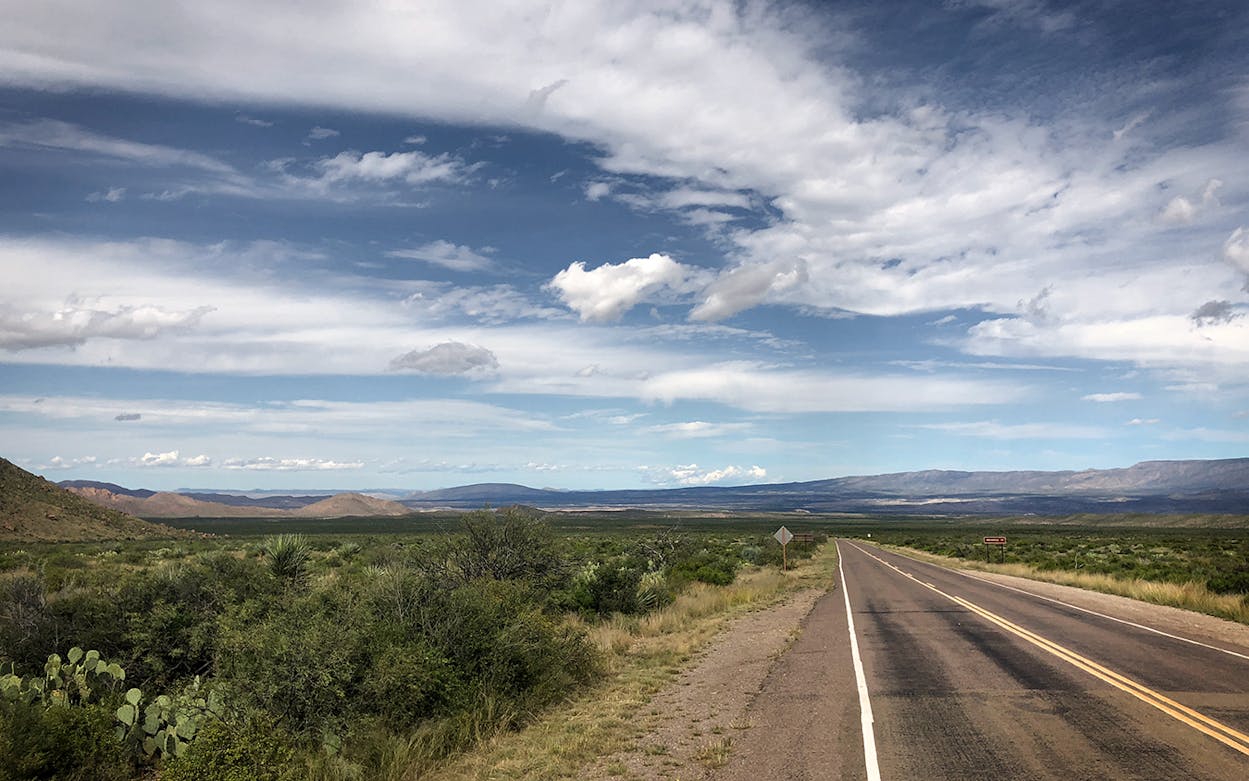Big Bend National Park closed its gates to the public Friday, shutting down access to 801,163 acres of rugged, cactus-studded desert and mountains until further notice amid the COVID-19 pandemic.
The park’s superintendent, Bob Krumenaker, recommended the closure of Big Bend and the Rio Grande Wild & Scenic River based on input from the Department of State Health Services, Brewster County officials, and the city manager of nearby Alpine, home to the area’s only hospital.
“The threat to people in this area was simply not tolerable,” Krumenaker told Texas Monthly Friday, adding that discouraging nonessential travel now will help ensure that the parks and their keepers are healthy and welcoming when the pandemic ends.
The closure takes place during the park’s peak season, when thousands of visitors head to the prickliest corner of West Texas to hike, camp, and paddle before the summer heat sets in. The move has created a sense of relief for the park’s staff and families, Krumenaker said, but it’s devastating for employees of the park’s concessionaires, including the Chisos Mountains Lodge and restaurant, which are furloughing and laying off staff.
“They, too, are part of this family, and it’s heartbreaking,” Krumenaker said.
Only park service employees, residents, and other authorized people are allowed inside the park gates, and through traffic is prohibited. Terlingua Ranch Road inside the park boundaries is also closed until further notice, and float trips on the Rio Grande Wild & Scenic River are banned.
Big Bend National Park employees will continue working while it’s closed, using the time to catch up on maintenance projects that normally get pushed aside, said Tom VandenBerg, the park’s chief of interpretation.
“We’re deep-cleaning our facilities—visitor center carpets that haven’t been shampooed in years, painting, fixing parking lots, building campground entrance kiosks, irrigating in the campgrounds, finishing some new interpretive signs, etc.,” VandenBerg said.
On March 18, the National Park Service announced that it was waiving entrance fees at national parks across the country. Many, including Big Bend, stayed open but closed facilities such as visitors centers, park stores, and restaurants. Then Brewster, Jeff Davis, and Presidio counties ordered all hotels, short-term rentals and campgrounds to close. On March 23, Big Bend closed to overnight visitors.
The April 3 closure comes after West Texas residents sounded an alarm, noting that visitors were straining regional resources such as food and cleaning supplies, and could carry infection into the area that would tax limited medical facilities.
“The overwhelming sentiment is if the park had closed two weeks ago, we wouldn’t have had some of the issues we’ve had,” said Dan Sholly, former chief ranger of Yellowstone National Park, who now lives in Terlingua.
For now, would-be visitors are encouraged instead to explore the park virtually by watching this live webcam, streaming the short film Bravo y Grande, or sifting through images in park photo galleries.
Big Bend is not the only national park to close. Crater Lake National Park, Grand Teton National Park, Great Smoky Mountains National Park, Haleakalā National Park, Hawaii Volcanoes National Park, Rocky Mountain National Park, White Sands National Park, Yellowstone National Park, and Yosemite National Park are among the parks that have completely closed, and other parks are only partially accessible.
“We’re super supportive of this choice,” said Courtney Lyons-Garcia, executive director of the Big Bend Conservancy, a nonprofit organization that raises money to maintain and make improvements to the park. “We think it’s the right thing. Our primary concern is the health and safety of those living in the park.”
And when the pandemic ends, the park will look better than ever, she said.
“Big Bend’s going to be there. It’s not going anywhere, and we’re going to welcome everybody back when it opens and it’s safe.”






